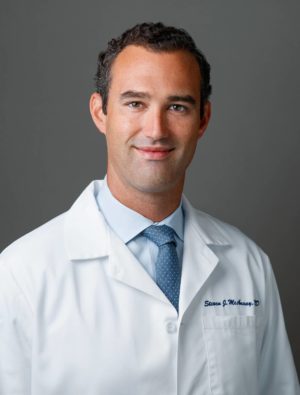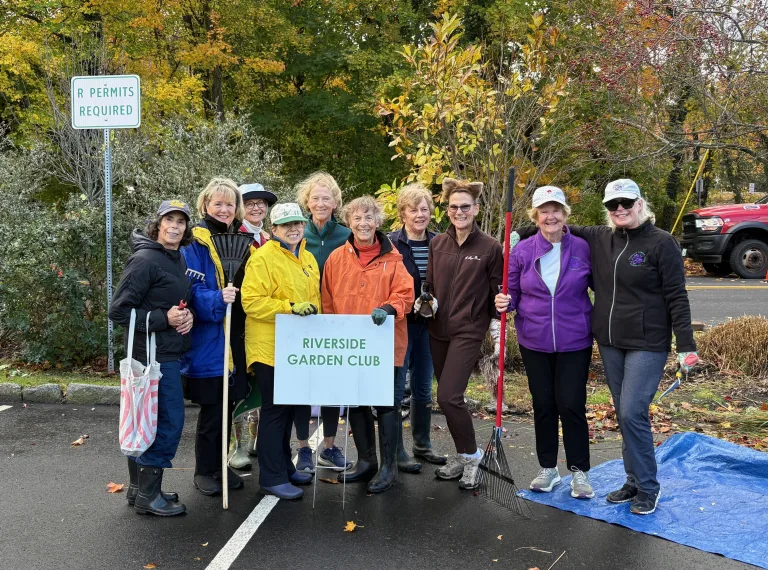By Steven J. McAnany, MD

When I was 16 years old, I had a waterskiing accident in which I suffered a serious spinal injury. The accident left me with debilitating pain and dysfunction from foot drop. I quickly went from being a recruited athlete to play basketball in college to being unable to walk down the halls at my high school.
I had spine surgery along with restoration of mobility, and over time, was fortunate to resume normal living and return to sports. It was a hallmark moment for me, going from being disabled back to normal. I had been interested in being a doctor for some time but following the accident, I was inspired to help others recover just as I had. My goal was to become a spine surgeon, and I’ve spent the last 18-plus years realizing that goal.
Back and Neck: $120 Billion
Back and neck care represents $100-120 billion in annualized healthcare costs, which places a tremendous burden on the healthcare system. With the rise in screen and phone use, I’m seeing more patients present with neck and lower back pathology. Humans are not constructed to look down at our devices all the time; it’s not an ergonomic position.
The most common spine conditions we see at HSS are degenerative conditions of the spine. Disc herniations often cause these conditions in the neck or lower back. Some patients present with arm or leg pain, tingling or weakness. The most common procedures I handle involve the cervical spine, requiring cervical disc replacement or cervical discectomy infusion. These procedures represent about 70 percent of my practice.
Patients come to see me because pain is a strong motivator. Yet, pain alone doesn’t dictate the need for surgery. Through imaging and other exploration, we often find a more concerning sensory symptom, which may indicate a more profound problem such as spinal cord compression or dysfunction. We can manage patient back and neck pain through physical therapy, medications and injections. When we find more serious conditions, we start to think about how surgery can help treat these symptoms.
Treatment Pyramid
We treat each patient based on where she or he is in their patient journey. Do they have an acute problem, a sub-acute problem or a chronic issue? Our treatment protocols are guided by their current physical state and the types of treatment modalities they may have already tried to address their condition.
We consider our approach as a treatment pyramid, with the surgeon at the top. The broader base of the pyramid includes non-invasive modalities such as physical therapy, medical management and lifestyle modifications, such as weight loss if needed. As you move up the pyramid, we increase the level of treatment invasiveness to include elements such as physiatry and pain management, perhaps using interventional injections. Once a patient progresses through this level, if their condition has not improved and their symptoms match the imaging findings, we start to have a surgical discussion.
Cutting-Edge Treatments
During my surgical training, I was lucky enough to work with specialists who were at the forefront of developing and advancing minimally invasive spine surgery. Minimally invasive surgery offers a host of benefits: faster recoveries, less impact on surrounding tissues, and less collateral damage from surgeries. As I began my practice, I wanted to focus on pushing minimally invasive techniques forward. My guiding principle is to do the smallest surgery least invasively to restore the greatest amount of function.
In terms of new technologies, we’re using tiny incisions, tubes and even microscopes during a procedure for greater visibility and to avoid cutting through muscle from the anterior or lateral positions.
Robotics and Navigation
The goal of spine surgery with robotics is to improve the accuracy in placing pedicle screws, which we insert in the lumbar thoracic spine as part of a fusion procedure. Historically, a surgeon using a freehand technique with anatomic landmarks, experience and training would have an accuracy rate of 97 percent. Robotics can help us boost that figure to 98, 99 or 100 percent accuracy. There are exciting developments on the horizon for robotics.
Next Generation Treatments
HSS is also partnering with spine device manufacturers who are focused on developing the next generation of spine treatment technologies. Through these collaborations, we have an opportunity to try new technologies, share results with our peers, help determine the best applications, improve innovations, and push the envelope.
HSS is also involved with different spine societies which host informative meetings. These affiliations offer a peer review process where we learn from other experts about what’s working, what’s not and the latest available technologies.
At HSS, our most rewarding experience is treating patients suffering for a long time. Many have had medications or injections from other providers and are bouncing around the medical ecosystem. Some have been told they are not surgical candidates, and nothing can be done to help them. They’re at the end of their rope and seek definitive care and treatments to return to the life they used to live.
A common refrain from patients at their initial post-op visit is, “Why did it take me so long to find you? I suffered for so long, and now I’m better.” If a patient tells me I’m 90 percent better than I was pre-surgery and feels better each day, that’s an ideal outcome.
=======================================
Steven J. McAnany, MD, is an orthopedic surgeon at HSS Orthopedics with Stamford Health, specializing in minimally invasive as well as robotic and navigated spine surgery.




